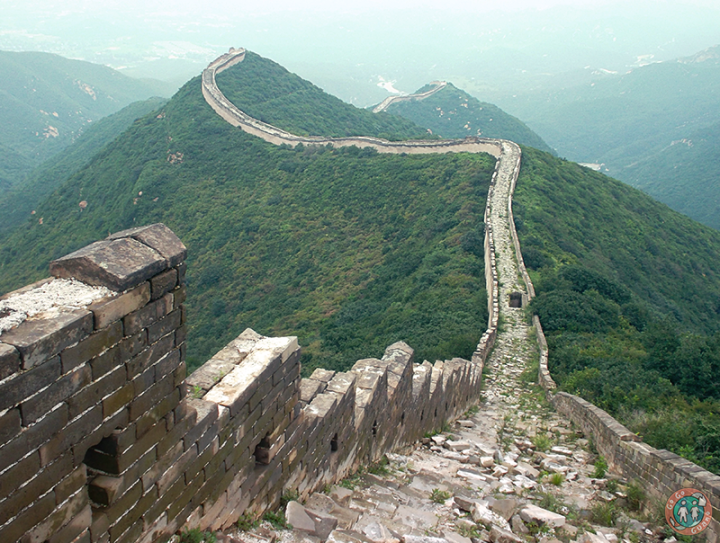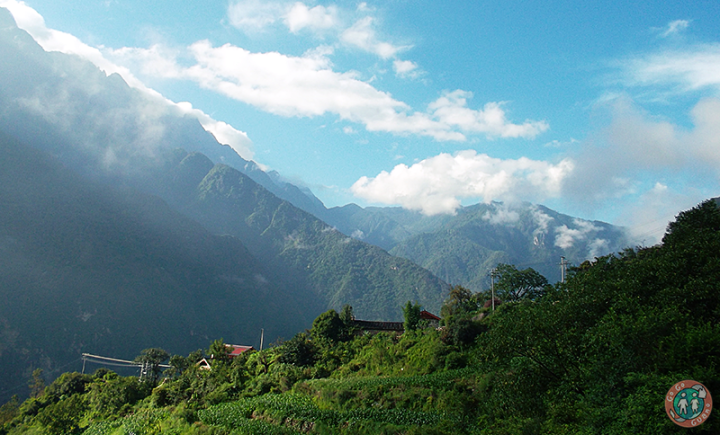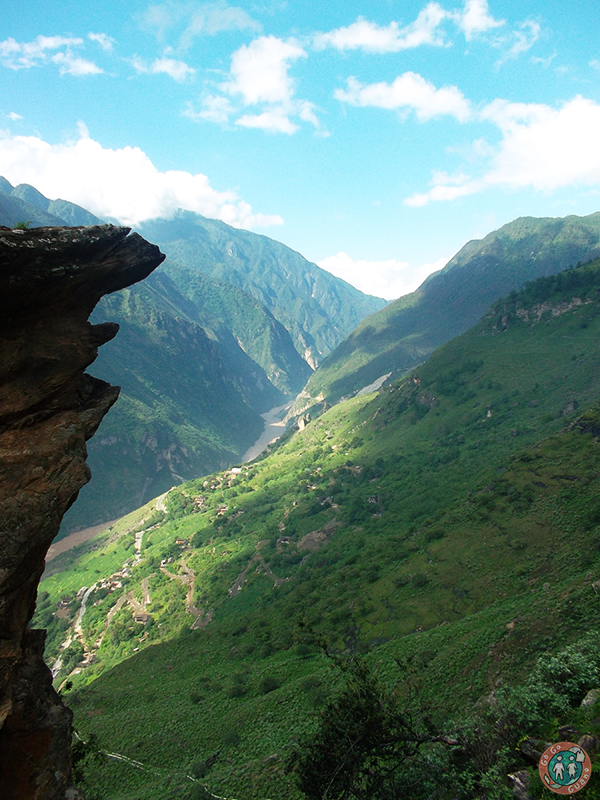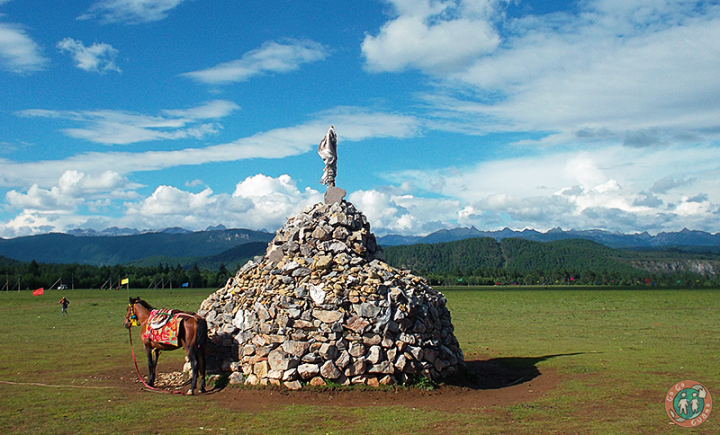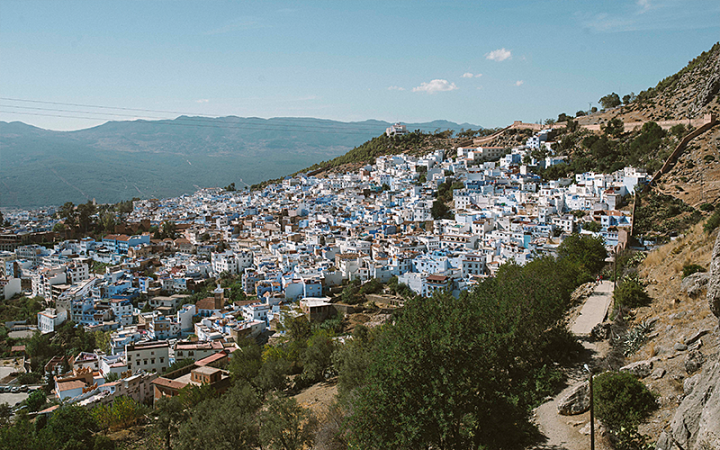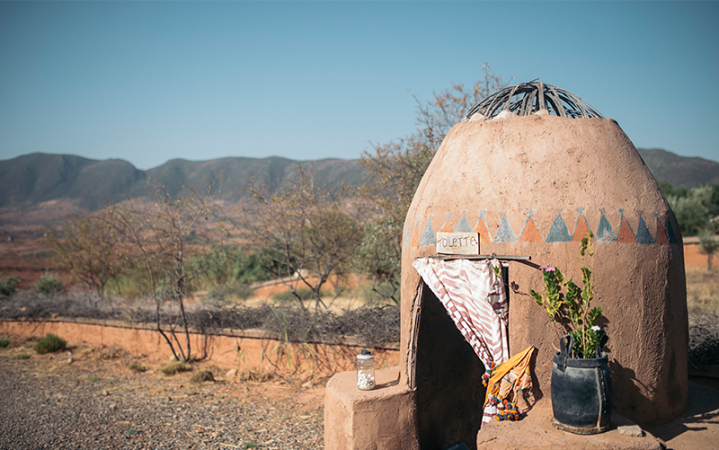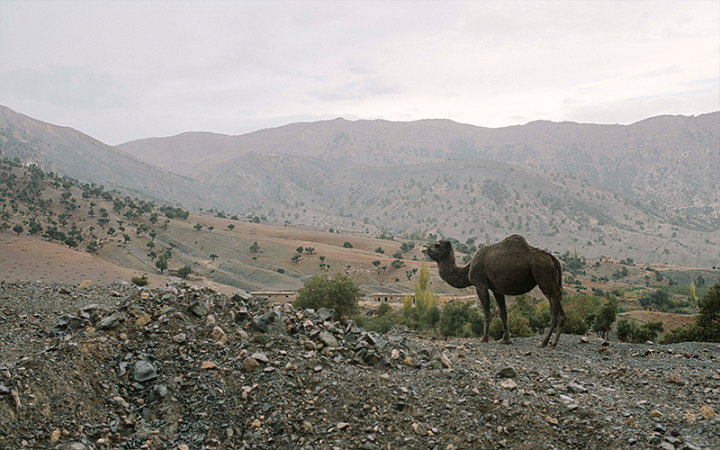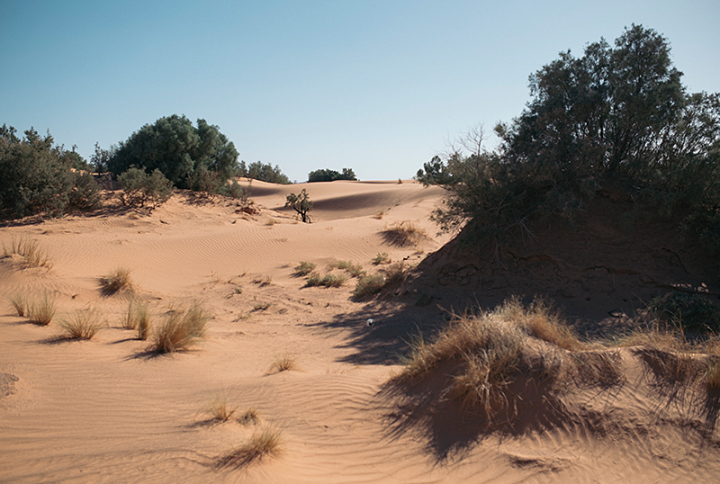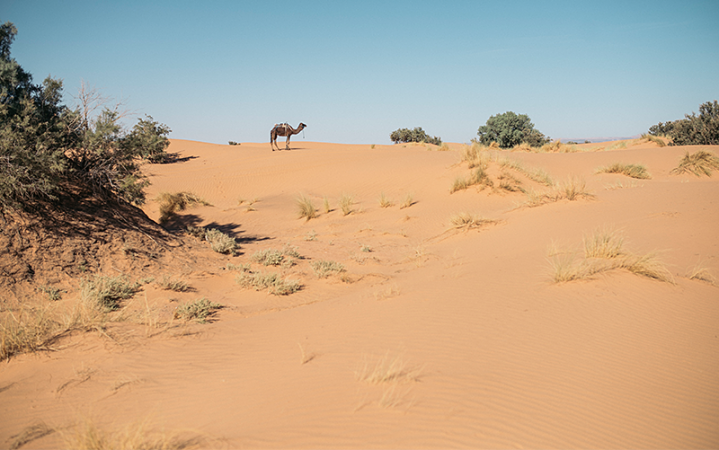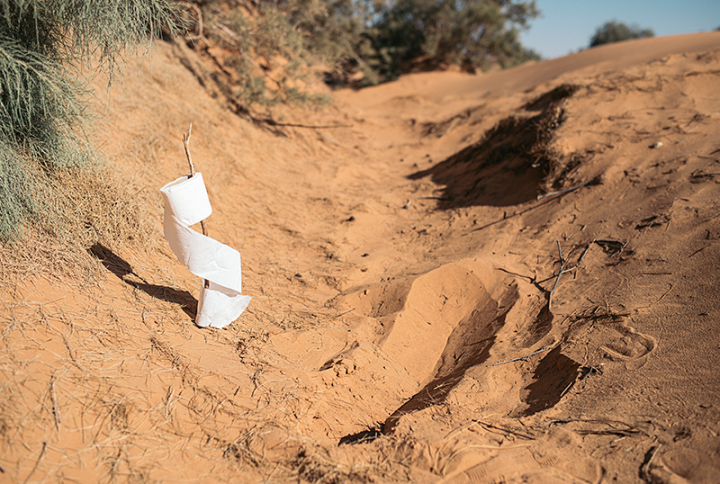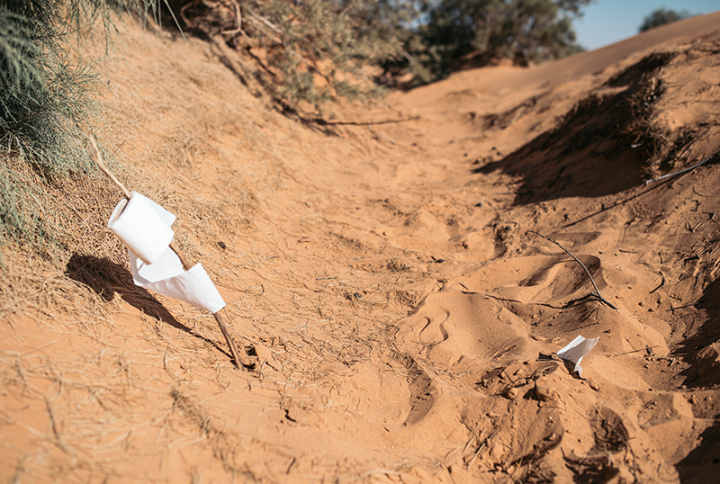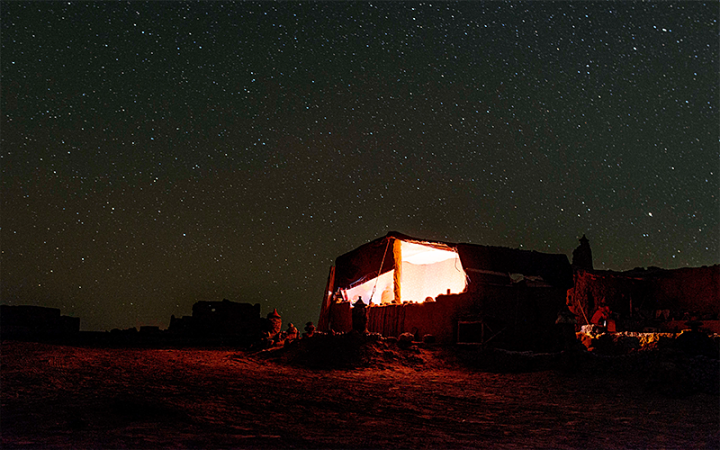“You are not bringing that bag of piss into the rental car”
Intro to Iceland:
Usually, when we announce our travel plans, people ask us the same two questions:
“Where is that?”
Closely followed by:
“Okay… but, uhh, why would you go there?”
People never ask you why you’re going to Spain or France though, and equally people never ask why you’re going to Iceland. Instead, they often comment:
“Oh cool! I went there last year!” or “Ohh I really wanna go there!”
So Iceland doesn’t really need an introduction. You know where it is and why people go there. Chances are, you’ll probably go there yourself some time, so let us prepare you for their toilet situation!
Survival guide:
- Toilet facilities in towns are consistently excellent, whether you’re at a cafe, restaurant or tourist hot-spot. Nothing to worry about here.
- Out in the countryside, standards vary more. Whilst on road trips, we found some of the world’s most expensive public toilets, with excellent facilities, and also some pretty basic toilet shacks without hand washing facilities.
- When you’re driving around off the beaten track (or as far off it as you can get in Iceland), there will be times when a nature pee is called for. We explore this in more detail below, and we also review 2 outdoor peeing aids we brought with us for trial; Shewee and Peebol.

Road tripping in Iceland
Iceland is made for road trips. The countryside is so downright stunning that they print advice cards in the rental cars, reminding you not to stop your car in the middle of the road to take photos, even if is really pretty. And yeah, we did see another car do just that next to a particularly jaw-dropping glacier. The 6 of us piled in our huge 4×4 rental car, blasted out Wheels by the Foo Fighters and asked our friend Eduardo to park up every 5 minutes so that we could stand up and simply gaze open-mouthed at the wild beauty surrounding us.
However, the middle of nowhere is notoriously lacking in toilets. Here’s how we managed the toilet situation on our various road-trips:
The Golden Circle
The golden circle is a popular day trip from Reykjavik, taking you past an exceptionally active geyser, a gigantic waterfall and a rift valley. This can be comfortably done in one day (the golden circle is not to be confused with the ring road which goes around the entire island and is definitely not a day trip). Our first stop was the rift valley, a stunning landscape featuring excellent public toilets, although they were ludicrously expensive at £1.50 a go. However, Iceland is firmly in the 21st century and you can pay on card if you lack the correct change.

At least £1.50 buys you an excellent hand-washing view:
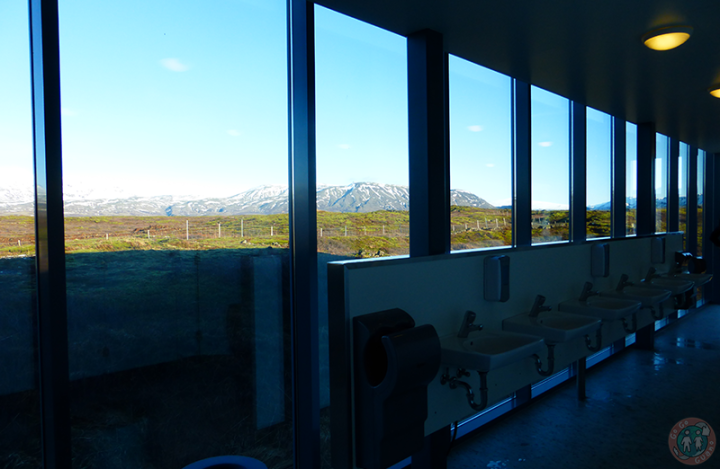
The next stop of Geysir had good quality, free toilet facilities connected to a nearby cafe and shop. For the price of walking through the gift shop, we found clean cubicles with locking doors, and toilet roll and soap were provided. The waterfall stop, Gullfoss, is only 10 minutes down the road from Geysir, so we had no need to seek out toilets there.
Northern Lights Hunting
To have any chance of seeing the northern lights in Iceland, you need to be in the middle of nowhere, in the middle of the night. One place you rarely find toilets is the middle of nowhere.
We fashioned our own northern lights hunting trip, using the Icelandic Met website to track gaps in the clouds as we sped through the foggy countryside, chasing the tail of the elusive aurora. As soon as we spied stars peeking out between the clouds, we pulled over and lay down in a field, huddling together for warmth as we stared hopefully at the sky. When the clouds started to roll in, we jumped back in the car and drove in search of the next gap, ever waiting, ever hopeful.
After a couple of hours of driving, we had a problem. I needed to pee, as did my friend Steff. Privacy & warmth were our primary concerns; there are few trees in Iceland, and the landscape in this particular areas was flat and uh, exposed. The only shelter we had was the huge rental car. Luckily, we’d taken a Shewee and some Peebols with us to Iceland, which were kindly sent to us by Shewee. I tried the Shewee “Extreme”:
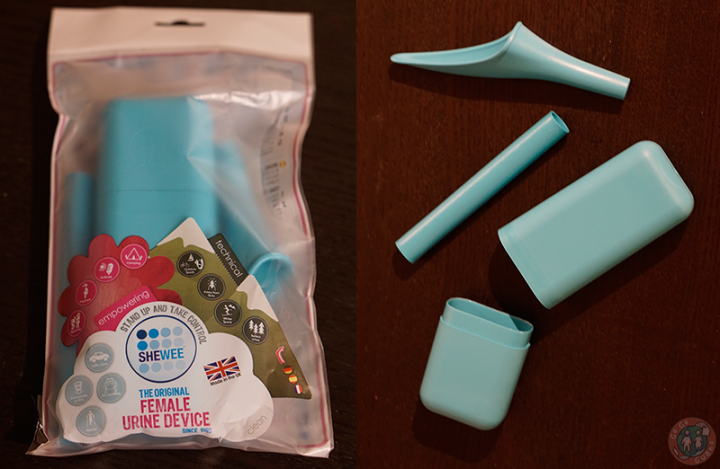
The Shewee allowed me to have a pee while standing up, and without pulling down my trousers, which was a great advantage in the freezing Icelandic night. It also felt much more private, which is handy when there are 5 people within 5 metres of you.
That said, using a Shewee is a bit of an art-form; it feels very strange to be standing up and peeing, and I think it takes a few tries to be confident using it. You will probably choose to still use toilet roll after using a Shewee, and it pays to have it ready in your other hand before you pee. The Shewee “Extreme” comes with plastic carry case, so you don’t need to worry about putting it back in your bag if you’re not able to fully clean it after use. I would suggest putting your used toilet roll in this case or in a sealable plastic bag, rather than leaving it on the floor. Because nothing is more disgusting than going to behind a rock to pee and finding a pile of used toilet roll.
The problem was, Steff needed to pee too. And we only had one Shewee with us, which really did need a wash before anyone else could use it.
“I’ll use the Peebol!” Steff decided, with determination.
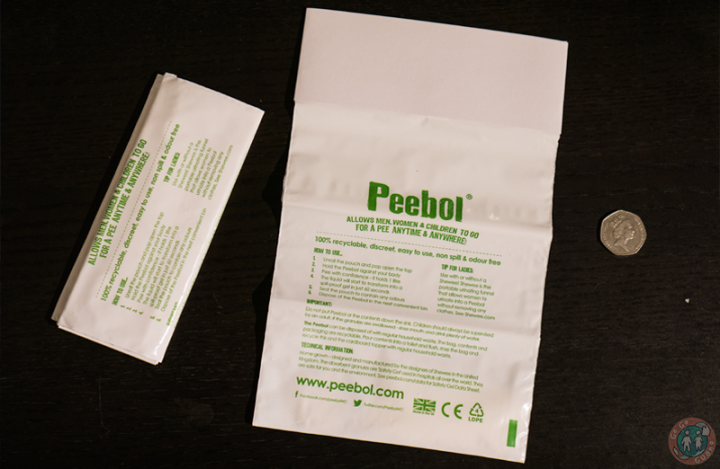
Peebol is a small plastic bag, containing absorbent crystals which turn urine into an odourless gel. We explained this to Eduardo. He held zero faith in the absorbent crystals and even less confidence in the plastic bag.
“You are not bringing a bag of piss into the rental car” declared Eduardo, taking his role as the driver very seriously.
Nevertheless, Steff gave it a go. She soon realised that figuring out a Peebol for the first time in the pitch black Icelandic night is quite a feat. Steff’s main concern was accidentally getting the cardboard top-section wet, and while she’d discovered the zip lock seal, she hadn’t found the additional sticky seal. That said, she peed into it very successfully and was pleased to have somewhere to dispose of her used toilet roll too.
The only problem is, you do have to carry the bag with you afterwards.
“It’s not even pee anymore, it’s gel!” explained Steff. “But umm, it’s really dark and I’m not sure I sealed it properly…”
“You’re not bringing that bag of piss into the rental car” repeated Eduardo.
We popped the Peebol in a large crisp packet by way of compromise and were pleased to report absolutely no spills in the rental car.

We knew that our chances of seeing the aurora in this weather was very low, and indeed we didn’t manage to spot the elusive lights with our eyes… But, this photo Morgan captured (of some greenish shapes to the left) shows they might actually have been there all along, unfortunately just behind a lot of clouds!
The South Coast – On the road to Vik
Let’s get one thing straight: our South coast road trip crapped all over the golden circle. But being a less touristy route, there were fewer places to crap!
Toilet facilities at the key stopping points on this journey were free, but much more basic. Some stops lacked running water or toilet roll, as was the case at Seljalandsfoss, the first of two epic waterfalls on this route. So bring your own loo roll, and be prepared to queue if it’s busy – preferably before you gaze upon the mass of relentlessly flowing water.
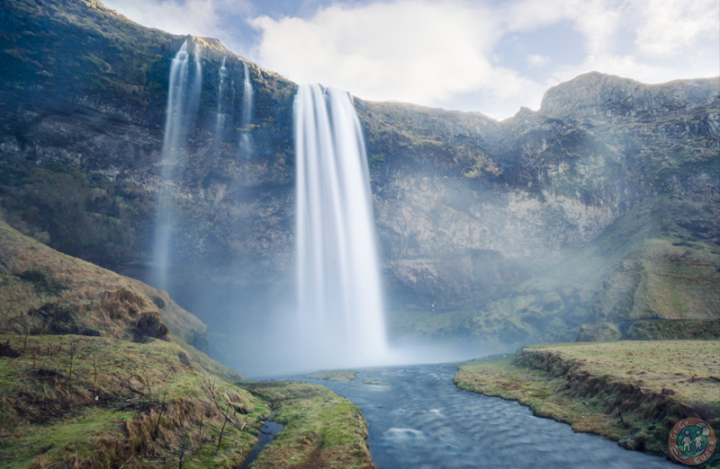
When we reached the isolated volcanic beach at Vik, the usual suspects (Steff and I) needed to pee. This time we swapped: I tried using a Peebol and Steff had a go with the Shewee. I found squatting to floor level was the most comfortable way for me to use the Peebol, and the shape of the bag worked well to avoid splashing. Of course, it was broad daylight and I was comfortably concealed behind some beach boulders with Morgan as lookout, so circumstances were pretty favourable. Carrying it with me did feel a bit odd, but once again the seals held and I at no point felt there was any risk of it leaking. That didn’t stop Eduardo grumbling about the piss-bag in the car thing, though. Luckily, Steff was preparing an article for her own crisp-based blog, so we had plenty more crisp packets to stick our Peebols in.
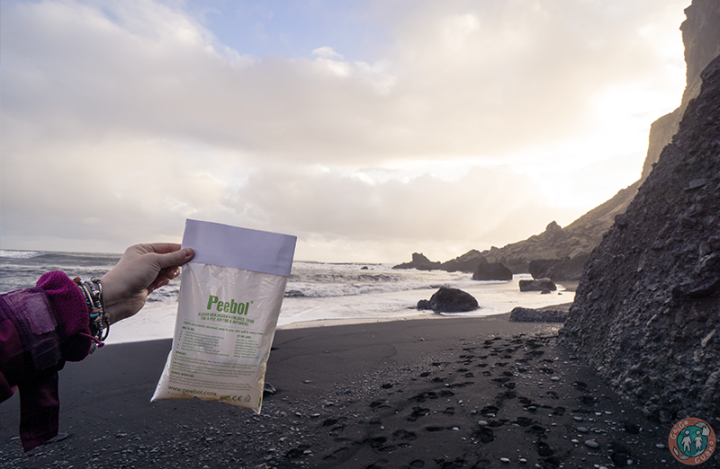
Steff tried to use the Shewee at the beach but found she didn’t trust the shape enough to be able to go, so she ended up doing a traditional nature pee. Steff has used a disposable cardboard P-Mate in the past and reckoned their wider opening felt safer. Overall, Peebol was her first choice of peeing device, whereas I personally preferred the freedom of the Shewee.
Things we’d do differently:
In trying to pack fast and light, we broke 2 of our own key rules. We neglected to bring a head torch or antibacterial hand gel with us. Fools! Talk about not following your own advice. We had phones with torches on, but peeing outdoors is so, so much easier when you have both hands free. Antibacterial hand gel would have made us feel much cleaner, especially as some of the more basic toilets didn’t have hand washing facilities.
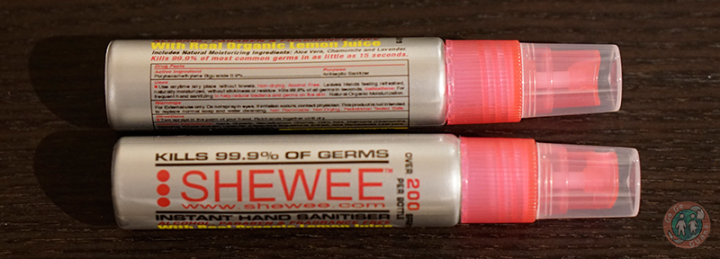
Which peeing device is for me?
|
Pros |
Cons |
|
| Shewee “Extreme”
(Note: “Extreme” is the version we’ve got, which comes with a box and an extended tube – Both worthwhile features! But you can also get a simple Shewee without them, or a version with only the tube: the Shewee “SOS Plus”.)
|
– You don’t need to remove your clothing or squat down – you can pee standing up, which increases your privacy. It also means you don’t need to expose your bum to the cold Icelandic winter. – The extended tube takes the urine away from you, reducing risk of splashing. |
– Can be difficult to use if you’re not used to it, especially since plastic Shewees are a fixed shape. You need to trust that there won’t be any spills. (Worth practising in your own bathroom first) – You need to carry it with you, although the plastic carry case keeps it well sealed and inconspicuous. |
| P-Mate (disposable) |
– No need to remove clothing or squat down. – Flexible width. – Lighter to carry with you and folds flat to take up less space in your bag. — Recyclable. |
– One-time use only. – Needs to be carried with you after use, until you find a bin. You can use the packet it comes in for a bit of protection against the wet cardboard. – No extended tube, so the pee lands closer to your body. |
| Peebol |
– Large opening, very easy to get the pee in the bag. – You can also dispose of used toilet paper in it. – Zero risk of splashing your feet whilst you pee. – Recycleable parts (all except the gel). – Sort of re-usable, holds up to 1 litre. – You can pee in a moving car or bus, and other situations without toilets or where you can’t normally pee. Ladies might want to use Peebol with a Shewee for maximum privacy in those situations. |
– You need to carry it with you until you find a bin or a toilet you can empty it down. – Though the risk is very low, there’s always a chance of leakage from the used bag if you seal/store it badly (eg upside down & under pressure). Putting it in a dry bag would virtually eliminate any risk, and the the Shewee “Out & About” Combo comes with one specially. – In practice, it’s pretty much one-time use only. |
| Simple nature pee |
– No fuss, no equipment needed |
– Risk of splashing your feet or legs with your own pee – There’s no way to avoid bearing your bum to the world. – What do you do with used toilet roll? Leaving it behind is pretty gross, unless you can bury it. The environmentally-conscious method is to take it away with you in a sealed bag. |
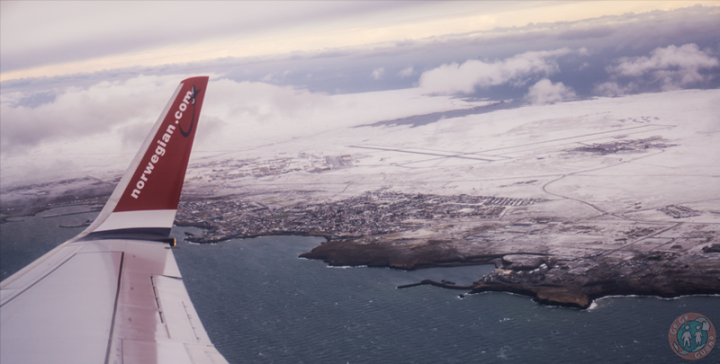
Overall, Iceland has excellent toilet facilities, so relax and enjoy your trip! We would recommend bringing some toilet aids with you if you want to get out and explore nature, as well as the regular toilet trifecta of loo roll, hand gel and a head torch; don’t get complacent and make the same mistakes we did on our Icelandic adventure!

Note that the Amazon links above are affiliate links – Purchasing anything through these will help support the site.
And if you found this post at all enlightening or entertaining, don’t forget to follow us to get notified when the next one goes up! Just enter your email address in the box on the sidebar.



